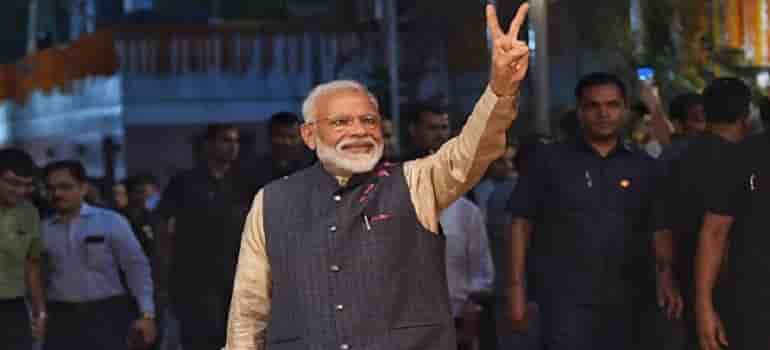Pradhanmantri Suryodaya Yojana” aims to electrify 1 crore houses, but challenges lie ahead
Prime Minister Narendra Modi, riding the wave of fervor after the consecration of the Ram temple in Ayodhya, unveiled a bold plan to electrify one crore (10 million) households with rooftop solar power. This ambitious “Pradhanmantri Suryodaya Yojana” promises to empower citizens while boosting India’s energy independence.
“Today, my resolve has been further strengthened that the people of India should have their own solar roof-top system,” tweeted Modi, citing divine inspiration. He envisions the scheme reducing electricity bills for the underprivileged and propelling India towards energy self-reliance.
However, questions linger around the project’s timeline and feasibility. Despite significant growth in overall solar capacity, rooftop installations in homes have lagged behind. Estimates suggest less than 10 lakh households currently harness the sun’s power.
As of July 2023, a mere 2.2 GW of rooftop capacity served Indian homes, a far cry from the 40 GW target set for 2022. While large utility projects have achieved relative success, achieving widespread rooftop adoption poses a distinct challenge.
Adding to the complexity, JMK Research reports that nearly 87% of current rooftop installations are non-residential. The varied sizes and costs for domestic systems further complicate calculations.
Experts like Vibhuti Garg, economist at IEEFA, highlight the need for revised incentive structures. “Currently, it benefits commercial entities more than individual houses,” she notes, suggesting adjustments to make solar power more accessible for the average household.
Despite the uncertainties, Modi’s ambitious scheme carries the potential to significantly impact India’s energy landscape. If successful, Pradhanmantri Suryodaya Yojana could empower millions, reduce dependence on fossil fuels, and illuminate a brighter future for the nation.


